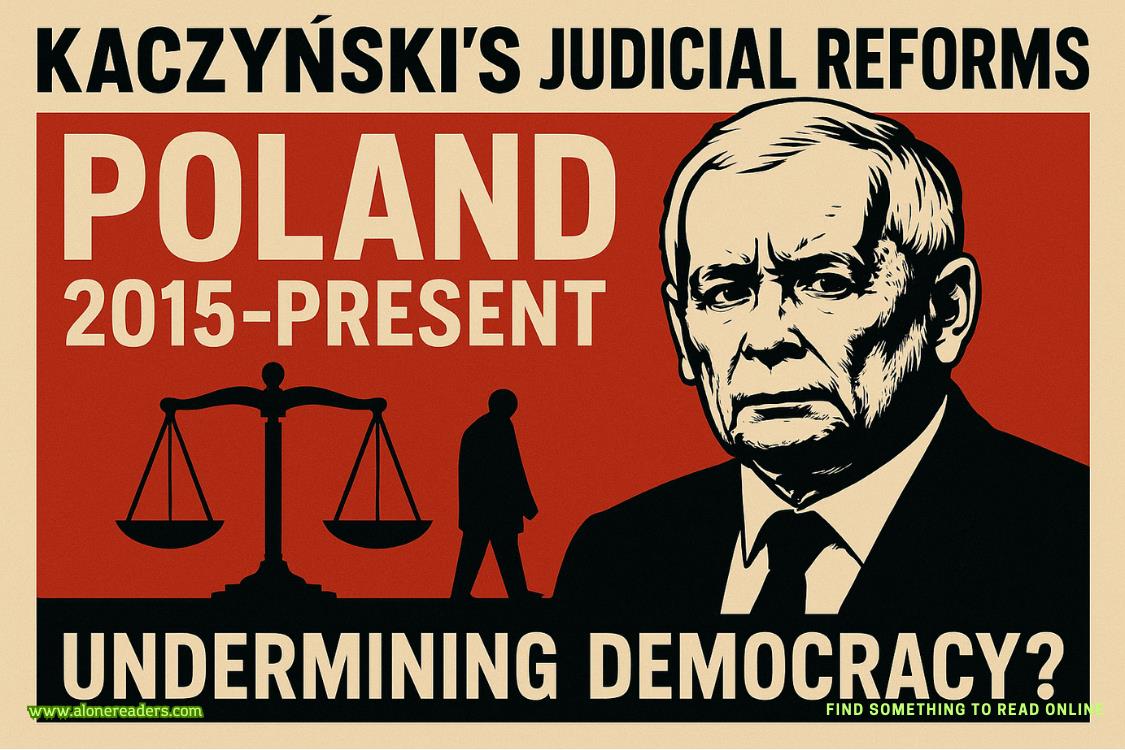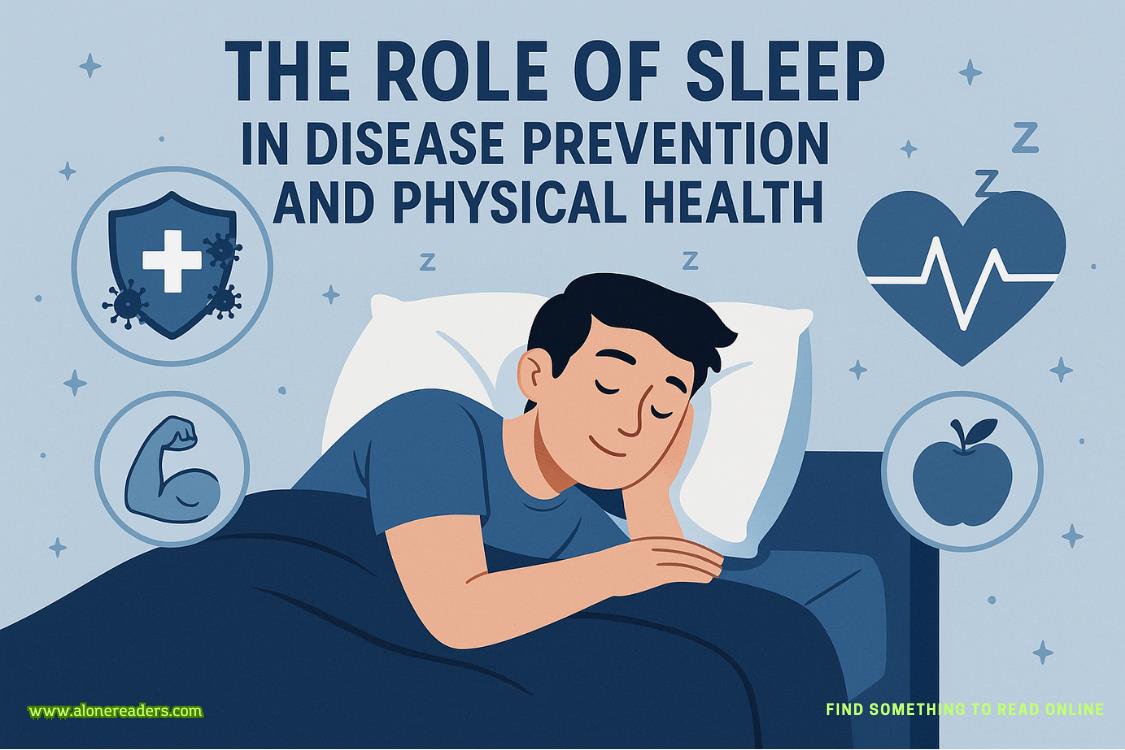Page 29 of The Cabinet of Dr. Leng
“Right. Thanks.” Made as much sense as anything else, D’Agosta thought: rats had been around before Homo sapiens; sooner or later, they’d be the dominant species once again. These days, it was feeling more like sooner.
Ninety minutes later, the Crime Scene Unit had finished their work. The freezer door had been removed and sealed as evidence, and a group of museum workers was installing a temporary covering made of two-by-sixes and plywood, heavily insulated.
“Ready to face the ravening wolves out there?” Caruso said as the group returned to the main floor, leaning toward D’Agosta’s ear and speaking in an undertone.
News of the murder had indeed leaked, and Central Park West was now crammed with media vans and reporters bristling with boom mikes and cameras.
“No worries, my friend,” said D’Agosta. “I’ve escaped from this place before. Mr. Archer?”
The security director came over.
“Could you please have one of your men escort us out the basement security exit to staff parking? We’d rather not run the gauntlet.”
“Gladly,” said Archer, turning to a guard.
A different elevator took them to the basement, and they followed the guard through dim, labyrinthine stone passageways, some with small stalactites growing from the ceiling.
“Christ,” said Caruso, “this is like something out of a horror film.”
“It once was,” D’Agosta replied dryly, the memory of his terrified escape through these basement and sub-basement tunnels still fresh, years later.
As they turned a corner, a strange mass of closely placed steel pillars partially blocked the corridor. “See those columns?” D’Agosta said to Caruso. “The way they come out of the floor and go up through the ceiling? Know what they’re holding up?”
“The fossilized dick of a T. rex?”
D’Agosta laughed. “The largest meteorite in the world. It was found in Greenland by Robert E. Peary, on one of his expeditions to reach the North Pole.”
“You’re not shitting me, are you?”
“Would I shit you, Caruso?”
The guard led them to a door that opened into a small parking area amid the jumble of interconnected museum buildings. From there they walked along a driveway, past a guard station, and onto Columbus Avenue.
“What now?” Caruso asked as they emerged. “We still have to go around front to our vehicles.”
“Since we’re not in uniform, they won’t know who we are until it’s too late.”
As they walked along Eighty-First Street, the evening light streamed eastward down the streets leading from the Hudson River, striking the tops of the trees in Central Park. D’Agosta’s phone rang. He slid it out to see, to his surprise, that the caller ID indicated Pendergast’s landline.
“Whoa, I gotta take this.” He answered. “Pendergast?”
“Hello, is this Lieutenant Vincent D’Agosta?” a breathless, warbling voice asked.
D’Agosta recognized it as belonging to Pendergast’s cook. His heart went into his throat: she had never called him before. Ever.
“Mrs. Trask? Is something the matter?”
“I’m—I’m afraid so.”
“Is it Agent Pendergast? Is he back?”
“Yes, he is, and…well, I’m sorry to call you. I’m justsoworried.”
“Is he all right?”
“I don’t think so. He returned home without Constance. He’s not himself.”
D’Agosta felt a surge of relief. At least he wasn’t dead, or injecting drugs again.















